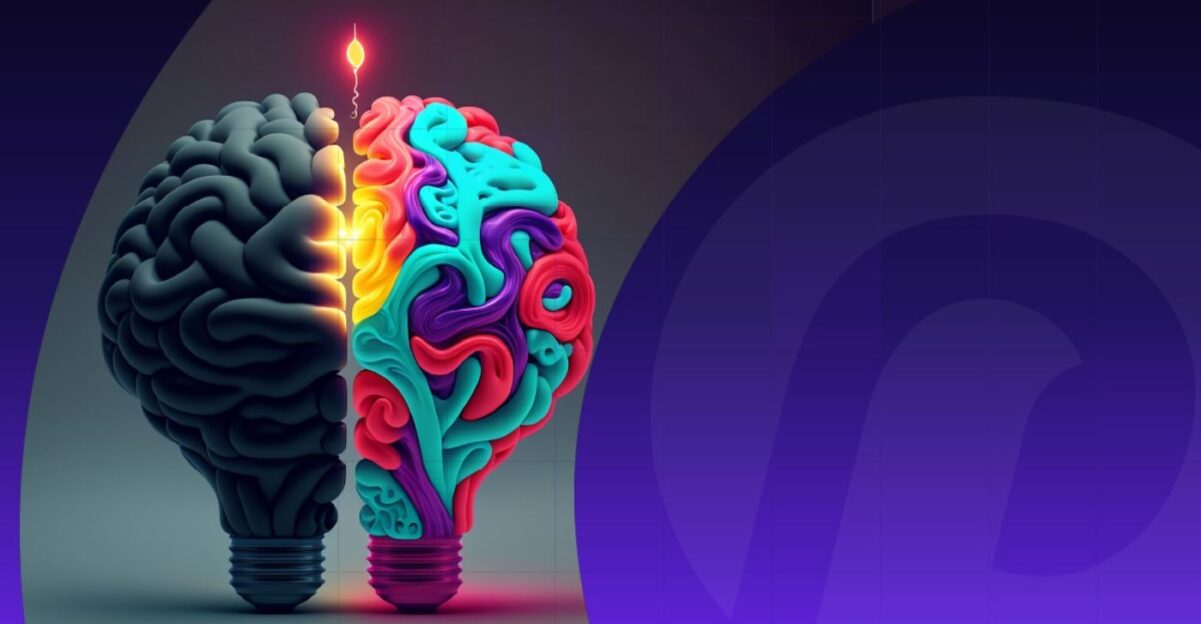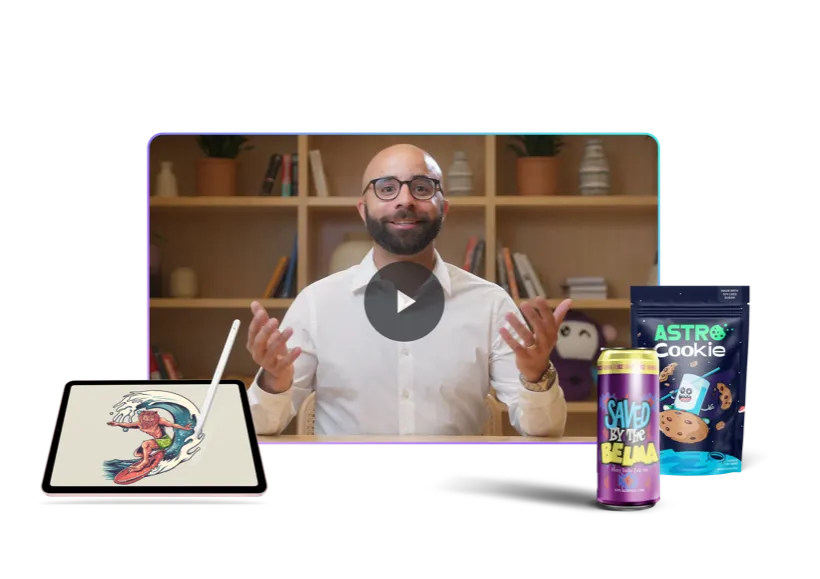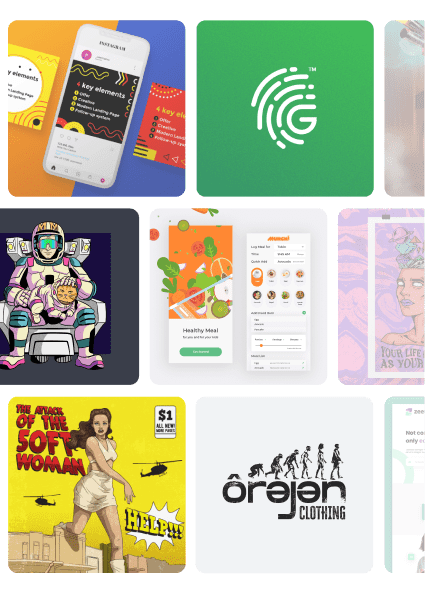
TLDR: Where logo psychology emphasizes color, font, and shape for emotional response and branding, a historical/symbolic context of the logos in question adds even more meaning to the fold. IKEA, Dunkin’ and Slack are three of many logos that in relation to others, demonstrate how much a good logo contributes to identity and ownership.
A logo is more than an image and a font. A logo is a psychologically, intentionally, artistically, wondrous thing to represent who you are in an instant. An effective graphic designer delves into your target audience, your character, your values, and then determines the most effective color scheme, shape and lettering of your logo to appeal to emotion and memory. It’s a scientific experiment to ensure that people retain your logo and at the same time, comprehend it.
Ultimately, the intersections will be revealed in time to demonstrate how something so small can do so much for a large corporation.
The Different Elements of a Logo Design
An ideal logo is more than a pretty picture – every element is carefully chosen to inspire a reaction from viewers. Every color, letter, style, and design makes up a unified association that becomes a mainstay of organizational memory.
Colors
Colors are the most prominent element in your logo design. This visual aspect helps evoke emotion in just one look. It’s vital that you choose the most suitable color since it should reflect your brand identity and personality. However, there are no exact rules on what colors you should select. It’s just that some colors can give the wrong impression when your customer sees your logo for the first time.
Know the meaning of the colors here:
- Red – Love, excitement, passion, power, confidence
- Orange – Optimism, warmth, adventure, motivation, happiness
- Yellow – Happiness, excitement, joy, hope, laughter
- Green – Lucky, balance, growth, prosperity, health
- Blue – Calm, relaxation, security, loyalty, reliability
- Purple – Royalty, luxury, mystery, creativity, wisdom
- White – Purity, innocence, openness, calm, sophisticated
- Black – Elegance, power, mystery, sophistication, authority
- Pink – Femininity, love, calm, hope, compassion
- Gold – Success, wealth, wisdom, optimism, royalty
Fonts
Another visual element that evokes emotions is the font. Logo designers are very particular when choosing fonts because using the right typeface or weight will invite the audience to perceive the brand in a specific manner. That said, logo designers choose among three font types:
- Serif
- Sans serif
- Script or cursive
First, serif fonts are associated with tradition, professionalism, and trustworthiness. On the other hand, sans serif fonts are modern, clean, and friendly. However, you don’t have to stick to these two popular options. Script or cursive is another excellent choice, especially if it suits your brand. It can symbolize a creative or casual identity. However, make sure that it’s legible.
Shapes
Another area of consideration when analyzing logo design is shape. Even this aspect gives meaning to your logo design and, by extension, your brand personality. Logo designers will identify the most fitting shape for your brand. Here are the most common shapes:
- A circle represents wholeness, community, and completeness. It could also mean gentleness, considering the circle’s curves.
- A square or rectangle may represent rigidity. However, they lean towards professionalism and stability.
- A triangle is similar to the square where it represents stability. However, triangles are sometimes mystical and associated with the art community.
Some shapes are abstract or geometric. It could symbolize the brand’s uniqueness.
Do you need inspiration for your logo design? Check out what Penji can do for your brand here!
Other Considerations
Aside from these three visual elements, there are three other aspects to consider when going deep into the psychology of logo design.
First, there’s the history. Some brands prefer integrating their history into the logos, making it even more meaningful. This could even bring a more emotional side to the brand, which can connect with audiences.
Besides that, there’s also symbolism. Shapes provide that. However, characters, mascots, or animals also represent the brand’s character.
Finally, in addition to these characters, abstract symbols can also be significant to the brand, based on certain objects and their meaning.
The Meaning Behind Logos
A logo lasts a lifetime of a brand. There may be a face lift or two in the interim, but the same message will always be the underlying theme. Check out some logos that have stood the test of time and why, below:
Ikea
Ikea underwent several changes before landing on its blue and yellow wordmark, which we all recognize. It wasn’t until the 1960s that the logo evolved into its current look.
One (or two) conspicuous elements in the logo is the use of blue and yellow. It’s their way of showing their Swedish roots as the brand expands. They further explain that blue is a way to stand out. Meanwhile, the yellow is for optimism. Meanwhile, the font uses the Futura block, which is eye-catching. Plus, it was their intention so that when people see the brand from afar, they can see it.
Dunkin’
The Dunkin’ logo wordmark broke the internet when the donut company dropped Donuts from their name. Jones Knowles Ritchie kept the company’s signature orange and pink color to remain recognizable. However, they improved the company’s typeface to create a bespoke one. According to the brand, the rebrand was necessary to bring even more optimism and joy to their customers.
Android
Android has recently changed its logo. As a brand under the Alphabet umbrella, it has also adopted Google’s branding through font. According to Google, it kept the newly refreshed and even more dynamic robot to present community and connect with people. Additionally, the curves align with Google’s branding, but they are unique to Android.
Baskin Robbins
One evident element in the Baskin Robbins logo is the number 31. Change Up redesigned its former iconic logo into a more modern one to connect with younger audiences. The agency approached the redesign by taking inspiration from mid-century visuals. Additionally, they mention that the brand is fun and bold. Plus, they kept the 31 to keep the ice cream company recognizable to old and young audiences.
NYU
The NYU logo has a distinct torch logo. The university says that the torch represents the light and knowledge they bring as students are educated in the respected institution. Moreover, they use violet to present non-conformity that makes an impact. Finally, their font, NYU Perstare is a sans serif type that captivates different audiences (i.e., students, teachers, and staff). Plus, they wanted to show a more bolder personality as the brand continues to present its exceptional values and deliver excellent educational standards.
Qantas
Qantas’s logo was redesigned in 2016, replacing its old triangle logo with a new, modern one with a tail fin. The Houston Group was tasked with the rebrand. As such, the new logo reflected the airline’s modern identity without compromising its legacy and history. It’s also evident that the kangaroo had a makeover, but it still retained its figure.
Slack
Our final logo on the list is Slack. The communications app rebranded from its 11-colored logo to a simplified four-colored one. Pentagram handled the rebrand and ensured that the hashtag-looking image (octothorpe) was distinct in various platforms or mediums. Additionally, the octothorpe has two main elements, a lozenge and speech bubble. The speech bubble, in particular, signifies the brand’s service: communication.
Conclusion
Though logos don’t take up much physical space, they pack a powerful punch. They’re the first thing the audience sees and the last thing they recall. With the right colors, shapes and fonts, a logo becomes not just a symbol but a story and one that’s always working for your brand. Logo psychology empowers you with the awareness needed to better craft your designs and appreciate the purpose behind every detail.
Will you make your logo work for your vision? Start your design journey at Penji.co
Frequently Asked Questions
1. Why is logo psychology important for businesses?
Your audience will determine what your logo means in their minds at first glance, which is why many businesses turn to professional logo design services to facilitate color, font and shape selection to divert perception appropriately.
2. How long does it take to make a logo?
From start to finish a logo with meaning can take days to weeks for the entrepreneur and professional team; the work of logo design services is research based and involves brainstorming, revisions and testing to get it correct.
3. Are logos too simplistic?
Sometimes. Logos are often very simplistic; however, there is reasoning behind them and professional logo design services behind making the simplicity of them resonate meaningfully for consumers.
About the author

Katrina Pascual
Katrina is a content writer specializing in graphic design, marketing, social media, and technology. In her spare time, she writes monthly personal blogs to practice her craft.













